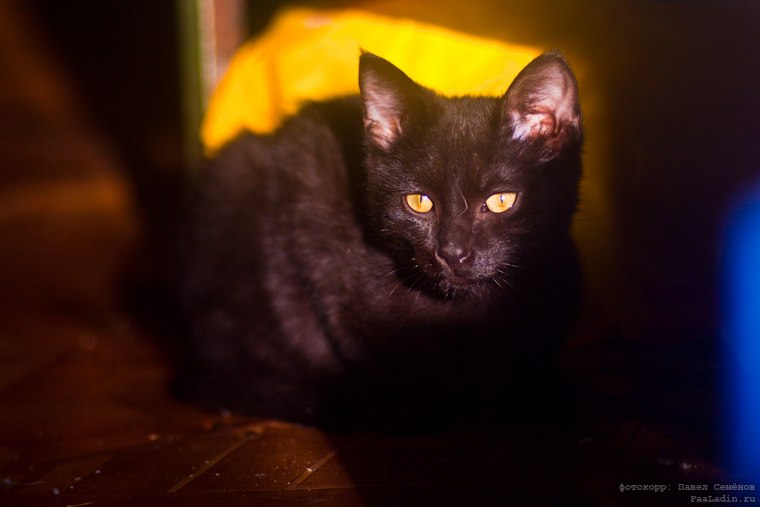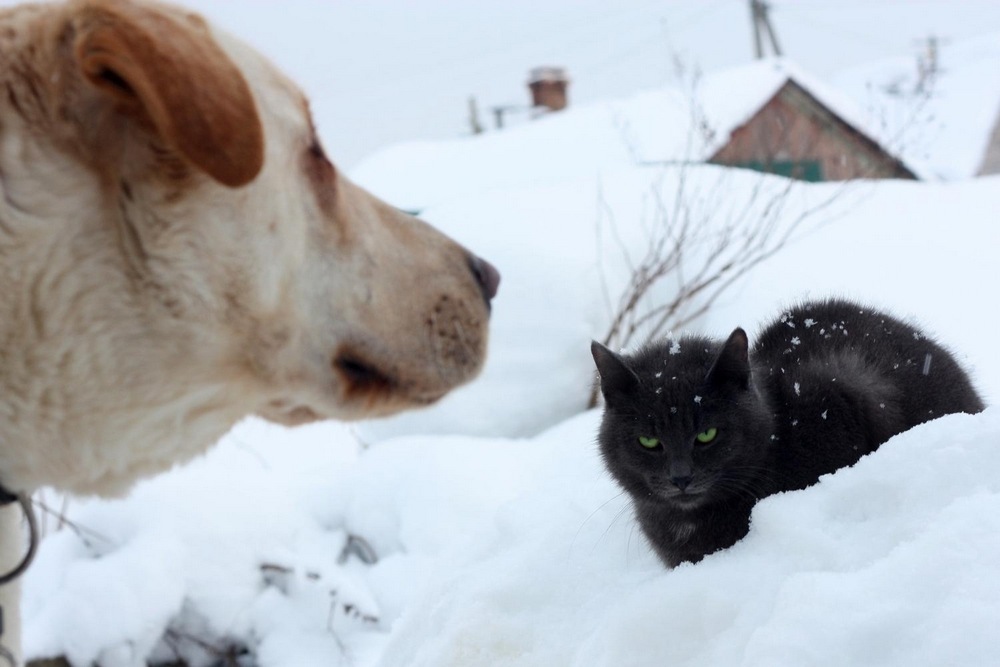Bitcoin - clay feet
It's no secret to two things that the blockchain system is built on the similarity of creepers, and that the root of this creeper is carefully kept in Mr. Nakamoto's “pot”.
All transactions (the history of your money transfers) consistently support one another, and they began with the first “wallets” of Satoshi, where an N-th number of transactions were conducted that allowed him to mine a little bit of bitcoins for a comfortable old age. Well, so considered. At the same time, I note, the primary wallets, judging by the media, are kept by a certain Craig Wright and “proxies”, who confirmed their ownership, but flatly refused to commit transactions from them.
Why?
Let's think about it.

Let's sort together the time bomb and the principle of its work, which is laid in the root of this vine.
How do we make transactions? When paying for the purchase (entering Bitcoin on the stock exchange), you send ALL the contents of your wallet to two addresses: the recipient and your own in the required proportions. The system in which hundreds of mining pools currently work and thousands of miners selects a key with a certain hash corresponding to a given complexity and signs a transaction, after which it is considered completed and becomes the next blockchain link.
')

But!
There are conditions in the system that are worth paying attention to.
The first .
Link blockchain confirmed if it is present on 51% of the machines in the system. Those. while in Vladivostok and Kaliningrad we simultaneously found a good hash and the surrounding machines received a new link, then when they are connected in the Baikal area, the link that exists on most machines by that time will win. Transactions signed by the second link, with a lower prevalence, will be transferred to the waiting for the next correct hash and pushed back. That is why the transfer of bitcoins is not instantaneous and can drag on for up to three days.
And the second.
What will happen if due to a failure in communication at different ends of the network, not one, but several links will have time to work out and subscribe? Everything is simple - the branch with the largest number of links will win. Now, when a lot of transactions are made during the day, such disappearances of formed branches are not very noticeable to users and do not greatly affect the workload of the system.
Let's remember these two conditions - Wins the long branch located on most machines.

Note that when mining and making hash, the complexity is taken into account which is proportional to the number of machines in the system (wallets with bitcoins). This is done so that as the network grows, there is no explosive growth in the number of bitcoins and it does not depreciate. The complexity of mining floats and is automatically chosen so that a new transaction signature hash appears every two minutes, regardless of the number of miners at a given time. Be it two cars of 2009 or a million farms of 2017.

Now imagine that someone (for example, Mr. Wright) has the keys to the first Bitcoin transactions, open source code with some undocumented features (for example, confirmation of the transaction by the recipient) and a couple of farms with virtual machines allocated to a separate closed network in the year 2010. Imagine also that Mr. Wright picked up and launched in the virtual cluster of these farms an old wallet that knows only about the first tens of transactions. Then he connected another ten duplicated “virtualoks” with wallets in a closed network, slightly tweaked the system time speed (so that a new hash would be generated every 0.001 seconds for example) and for half a year the number of blocks exceeding that already existing in the main branch of the blockchain. And then, having restored the system time to normal, he threw all the power of the farms to lift tens of thousands of virtual machines with new wallets and plugged them into his network, thus obtaining ...

A branch with the number of links superior to the one that we know and deployed on a sufficient number to recognize the validity of the number of wallets.
And then released this network to the Internet.

At best, the system will be able to DDOS'a rechecking gigabytes of transactions on all machines of the network in order to check the hashes and the number of blocks, which will cause a delay in the exchanges, failures and drop in exchanges.
At worst , it will accept the more “correct” branch as the only correct one and cut the main branch of the vine by launching a new sprout from the “pot” of Mr. Satosi.
You tell me - it's okay, transactions will be re-run and everything will be restored. And no. What will happen to Jack sitting on top of the beanstalk at this moment? What will happen to those Bitcoins that over the years have been namineny, transferred dozens of times between wallets and entered into the stock exchange? What will happen to the exchanges?

Now we are witnessing on the exchanges a frantic rise in Bitcoin which is caused by the rush demand for it. People enter Fiat, acquire Bitcoin, merging real money to someone ... to whom? To someone who has a hefty supply of cue ball to sell and withdraw funds from stock exchanges to banks. What will happen when the stem is cut down? A small financial crisis of 300 billion dollars? This is 17 trillion rubles or the Russian budget for 1 year.
17 trillion rubles from a cunning person (or hundreds or thousands of trained Olginsky trolls) and millions of people with electronic wrappers instead of their money. If MMM shares could at least paste over the walls of the toilet, then here you will have just a few hundred gigabytes of useless information on your hard drive.
But on the other hand, Mr. Satosi and his team will have in their hands a budget equal to the budget of Russia, just in time for the upcoming elections.

Not bad mnogohodovochka that would strengthen the ruble.
Nothing of the kind will happen, Bitcoin will continue to grow, and Comrade McCaffie will not have to eat his own gherkin - you say. Yes, maybe he will grow a little more (not the gherkin, but the cue-ball). Solely in order to maximize capitalization. There is still time until spring. But to let him go to infinite growth to the creator (or a group of "trusted representatives") is not beneficial. After all, then Fiat in his hands will depreciate with inflation and other troubles. But investing Fiat in another crypt (or buying shares of IT companies related to the exchanges immediately after the final drop of the cue ball) and causing a drop in the call is a good and correct move.
And, I note, does not require printing of new bills at our Mint.
Good luck to you, Mr. Pu. ;)
All transactions (the history of your money transfers) consistently support one another, and they began with the first “wallets” of Satoshi, where an N-th number of transactions were conducted that allowed him to mine a little bit of bitcoins for a comfortable old age. Well, so considered. At the same time, I note, the primary wallets, judging by the media, are kept by a certain Craig Wright and “proxies”, who confirmed their ownership, but flatly refused to commit transactions from them.
Why?
Let's think about it.

Let's sort together the time bomb and the principle of its work, which is laid in the root of this vine.
How do we make transactions? When paying for the purchase (entering Bitcoin on the stock exchange), you send ALL the contents of your wallet to two addresses: the recipient and your own in the required proportions. The system in which hundreds of mining pools currently work and thousands of miners selects a key with a certain hash corresponding to a given complexity and signs a transaction, after which it is considered completed and becomes the next blockchain link.
')

But!
There are conditions in the system that are worth paying attention to.
The first .
Link blockchain confirmed if it is present on 51% of the machines in the system. Those. while in Vladivostok and Kaliningrad we simultaneously found a good hash and the surrounding machines received a new link, then when they are connected in the Baikal area, the link that exists on most machines by that time will win. Transactions signed by the second link, with a lower prevalence, will be transferred to the waiting for the next correct hash and pushed back. That is why the transfer of bitcoins is not instantaneous and can drag on for up to three days.
And the second.
What will happen if due to a failure in communication at different ends of the network, not one, but several links will have time to work out and subscribe? Everything is simple - the branch with the largest number of links will win. Now, when a lot of transactions are made during the day, such disappearances of formed branches are not very noticeable to users and do not greatly affect the workload of the system.
Let's remember these two conditions - Wins the long branch located on most machines.

Note that when mining and making hash, the complexity is taken into account which is proportional to the number of machines in the system (wallets with bitcoins). This is done so that as the network grows, there is no explosive growth in the number of bitcoins and it does not depreciate. The complexity of mining floats and is automatically chosen so that a new transaction signature hash appears every two minutes, regardless of the number of miners at a given time. Be it two cars of 2009 or a million farms of 2017.

Now imagine that someone (for example, Mr. Wright) has the keys to the first Bitcoin transactions, open source code with some undocumented features (for example, confirmation of the transaction by the recipient) and a couple of farms with virtual machines allocated to a separate closed network in the year 2010. Imagine also that Mr. Wright picked up and launched in the virtual cluster of these farms an old wallet that knows only about the first tens of transactions. Then he connected another ten duplicated “virtualoks” with wallets in a closed network, slightly tweaked the system time speed (so that a new hash would be generated every 0.001 seconds for example) and for half a year the number of blocks exceeding that already existing in the main branch of the blockchain. And then, having restored the system time to normal, he threw all the power of the farms to lift tens of thousands of virtual machines with new wallets and plugged them into his network, thus obtaining ...

A branch with the number of links superior to the one that we know and deployed on a sufficient number to recognize the validity of the number of wallets.
And then released this network to the Internet.

At best, the system will be able to DDOS'a rechecking gigabytes of transactions on all machines of the network in order to check the hashes and the number of blocks, which will cause a delay in the exchanges, failures and drop in exchanges.
At worst , it will accept the more “correct” branch as the only correct one and cut the main branch of the vine by launching a new sprout from the “pot” of Mr. Satosi.
You tell me - it's okay, transactions will be re-run and everything will be restored. And no. What will happen to Jack sitting on top of the beanstalk at this moment? What will happen to those Bitcoins that over the years have been namineny, transferred dozens of times between wallets and entered into the stock exchange? What will happen to the exchanges?

Now we are witnessing on the exchanges a frantic rise in Bitcoin which is caused by the rush demand for it. People enter Fiat, acquire Bitcoin, merging real money to someone ... to whom? To someone who has a hefty supply of cue ball to sell and withdraw funds from stock exchanges to banks. What will happen when the stem is cut down? A small financial crisis of 300 billion dollars? This is 17 trillion rubles or the Russian budget for 1 year.
17 trillion rubles from a cunning person (or hundreds or thousands of trained Olginsky trolls) and millions of people with electronic wrappers instead of their money. If MMM shares could at least paste over the walls of the toilet, then here you will have just a few hundred gigabytes of useless information on your hard drive.
But on the other hand, Mr. Satosi and his team will have in their hands a budget equal to the budget of Russia, just in time for the upcoming elections.

Not bad mnogohodovochka that would strengthen the ruble.
Nothing of the kind will happen, Bitcoin will continue to grow, and Comrade McCaffie will not have to eat his own gherkin - you say. Yes, maybe he will grow a little more (not the gherkin, but the cue-ball). Solely in order to maximize capitalization. There is still time until spring. But to let him go to infinite growth to the creator (or a group of "trusted representatives") is not beneficial. After all, then Fiat in his hands will depreciate with inflation and other troubles. But investing Fiat in another crypt (or buying shares of IT companies related to the exchanges immediately after the final drop of the cue ball) and causing a drop in the call is a good and correct move.
And, I note, does not require printing of new bills at our Mint.
Good luck to you, Mr. Pu. ;)
Source: https://habr.com/ru/post/344112/
All Articles